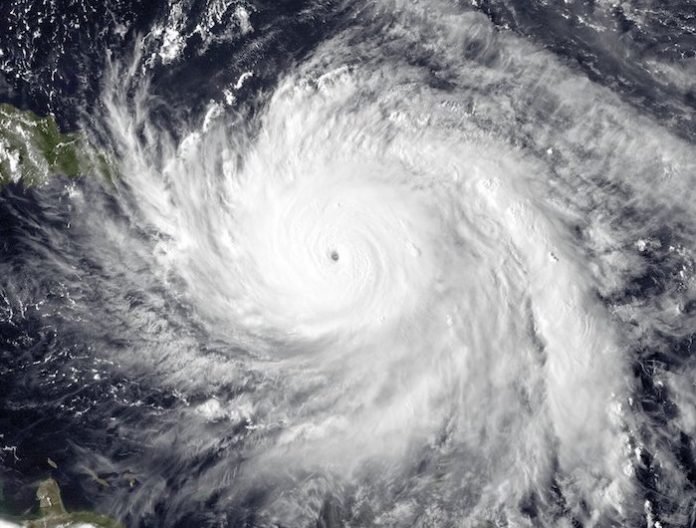
In a new study, researchers have discovered that human-caused climate warming is the main cause of Hurricane Maria’s extreme rainfall.
The research was conducted by a team from the University of Alabama.
Hurricane Maria dropped more rain on Puerto Rico than any storm to hit the island since 1956.
That places Maria among the top 10 wettest hurricanes to ever have hit United States territory.
Previous research has suggested that Hurricane Harvey’s record rainfall is due to climate change. However, it is unknown why Maria has very heavy rainfall.
Extreme rainfall in both storms leads to heavy flooding that made them among the top three costliest hurricanes on record.
In the study, the team analyzed Puerto Rico’s hurricane history.
They analyzed rainfall from the 129 hurricanes that have struck Puerto Rico since 1956,
They found that in 2017 Maria had the highest average rainfall of the 129 storms in the past 60 years.
Maria’s storm magnitude is nearly five times more likely to form now than during the 1950s.
The team also analyzed the likelihood of an event like Maria happening in the 1950s versus today.
They found that an extreme event like Maria was 4.85 times more likely to happen in the climate of 2017 than in 1956. This cannot be explained by natural climate cycles.
The researchers suggest that the increase is mainly caused by the effects of human-induced warming.
They suggest that climate warming makes the atmosphere getting warmer, sea surface temperatures increasing, and more moisture being available in the atmosphere.
All of these factors make something like Maria’s extreme rainfall.
The findings show how human activities may influence the hurricane. They provide new evidence that human-caused warming is making extreme weather events like these more common.
The lead author of the study is David Keellings, a geographer at the University of Alabama in Tuscaloosa.
The study is published in Geophysical Research Letters.
Copyright © 2019 Knowridge Science Report. All rights reserved.



